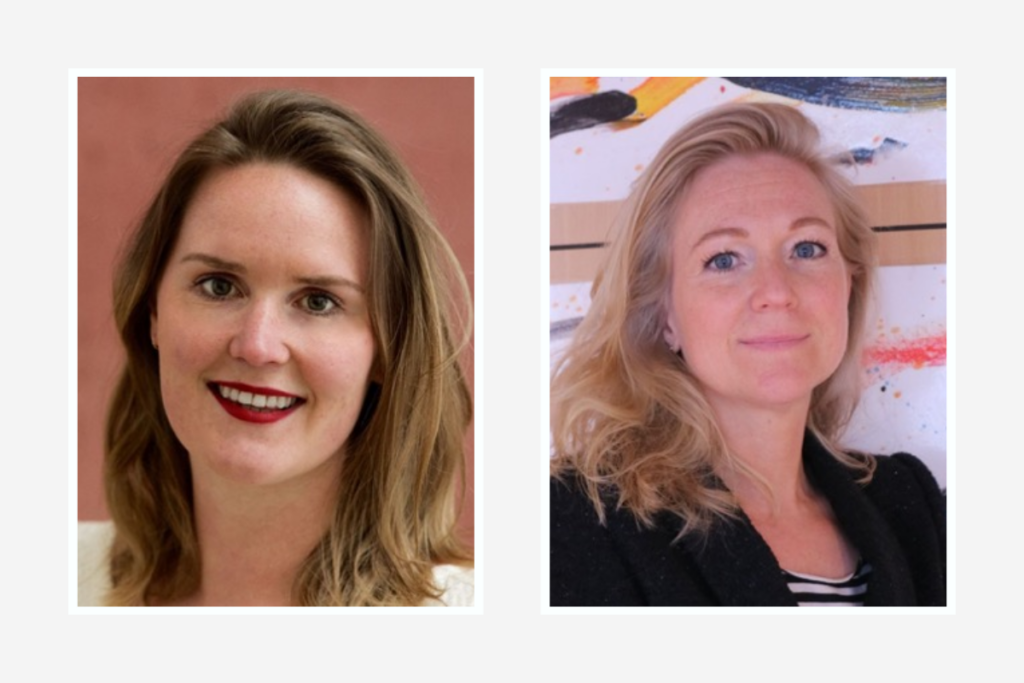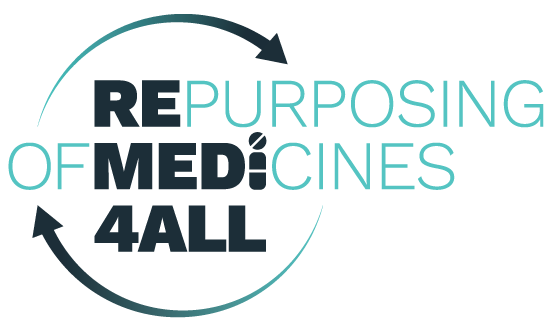DR. MARTEN DOOPER | SCIENCE JOURNALIST
Launched in September 2022, the REMEDi4ALL project aims to establish a European platform that can facilitate and thus accelerate the use of existing drugs for new indications (drug repurposing). Dr Heleen van der Meer and Dunja Huijbers, both working for the Dutch health research organisation ZonMw, are involved in REMEDi4ALL.

Drug repurposing aims to find new uses for existing medicines to treat conditions with unmet medical needs. “That in itself is not a new discipline”, Dunja Huijbers mentions. “Classic examples of drug repurposing include aspirin, which evolved from a painkiller to a drug for secondary prevention of heart attack; and thalidomide, which evolved from a drug for morning sickness in pregnant women to a drug for the treatment of multiple myeloma. Also well known, of course, is sildenafil; once developed to treat angina pectoris with, but under the name Viagra® it became known worldwide as a drug for erectile dysfunction.”
“These cases involve so-called hard repurposing, a new indication for a drug in a completely different medical field than the previous indication,” Heleen van der Meer adds. “Besides hard repurposing, there is also soft repurposing, finding a new indication that is an extension of the original indication. For example repurposing of trastuzumab, which was indicated for the treatment of breast cancer and later also received an indication for the treatment of gastric cancer.”
Hard repurposing of drugs that are off-patent is not a given. Van der Meer: “Numerous barriers are holding back this innovation. The barriers include economic, regulatory, and policy barriers. But also inefficiencies, such as a fragmented ecosystem and a lack of patient centricity in the research process are still holding back repurposing. REMEDi4ALL wants to facilitate drug repurposing where it does not happen naturally. Such as in rare diseases, cancer or emerging threats to public health such as COVID-19.”
One-stop shop
“For example, in clinical practice, a doctor may notice that a drug also has a positive effect on a patient’s comorbidity. That can be a signal that the drug can also be used successfully in that condition.” Van der Meer adds: “Or a researcher stumbles upon a possible new indication of a drug if research or literature shows that the drug’s point of action also plays a role in another condition. And nowadays, artificial intelligence and in silico research into biochemical pathways, that play a role in a condition, also provide clues to a new indication for existing drugs.”
However, the problem in reality is that, in many cases, the people who make these discoveries then lack the knowledge, time and/or capabilities to take their discovery further towards the patient. Which next step is needed? Who has the necessary techniques and skills to do this and is willing to take that next step? Which organisations are dealing with this new indication area and may be willing to fund the process?
Huijbers: “REMEDi4ALL aims to set up a harmonised, coordinated and accessible infrastructure for this at an European level; a one-stop shop where anyone with a good idea can find the necessary expertise, tools and resources to take the process forward. To this end, we started to set up an infrastructure with sufficient knowledge and capabilities to facilitate the entire development – from initial proposal of a new indication to EMA approval and reimbursement. Because, as mentioned, in current practice that is now often a long and laborious route. This results in many good ideas or initial steps towards drug repurposing ending with a publication in a peer-reviewed journal. They will often never reach the patient or maybe only be prescribed off-label for the new indication. While the off-label use of a generic drug for a new indication may be meaningful for patients, it is not ideal. Within REMEDi4ALL, the researcher is encouraged to think ahead about the next step in the process and will be supported with this step when the time comes.”
Matchmaker
REMEDi4ALL – an acronym for REpurposing of MEDicines 4ALL – is a European consortium funded by the European Commission for five years (2022-2027) consisting of 24 partners. Ranging from universities and other research institutes to rare disease research advocates, the Belgian Anticancer Fund, the Dutch ZonMw, regulators, health technology assessment experts and the pharmaceutical industry.
Van der Meer: “For now, these 24 partners form the infrastructure that should make it possible to move from an idea for repurposing to registration and reimbursement of the drug for a new indication. While the platform is being built, the REMEDi4ALL project already allows interested parties to participate via the REMEDi4ALL Concierge Service. This puts researchers already – as far as possible – in contact with consortium partners who can help further develop the idea and put it into practice. On offering this service, we can learn what the researcher’s needs are. REMEDi4ALL is also working on developing various training modules on how, why and where to conduct in silico research, for example.”
Huijbers: “As part of REMEDi4ALL, ZonMw has set up a global network of funders – the REMEDi4ALL Funders Network. We are also working on a ‘Funding Radar’, a tool that should make it easy to find potential funders for a specific repurposing project or certain steps in it. Because it can be tricky for a researcher who suddenly has to look for funding in another medical field via drug repurposing. REMEDi4ALL’s Funding Radar is thus a matchmaker between funders and researchers.”
More favourable policy environment
To test, optimise and ensure robustness of the REMEDi4ALL platform, the initiative is now actively supporting and monitoring four demonstrator projects: one for pancreatic cancer, one for COVID-19, one for osteogenesis imperfecta and one for multiple sulphatase deficiency. Huijbers: “These demonstrator projects should clarify exactly what projects need, what bottlenecks they encounter and, of course, whether the infrastructure does what it is intended for. And in addition, if all goes well, the demonstrator projects will yield a new therapy for these conditions.”
“To eventually bring the drug to the patient for the new indication, registration by the European Medicines Agency (EMA) or the national Medicines Evaluation Board and reimbursement are desirable,” Van der Meer adds. “However, current registration and reimbursement procedures are not optimally set up for drug repurposing. REMEDi4ALL is therefore also creating a more favourable policy environment for drug repurposing by bringing together key stakeholders in a debate forum, to identify current barriers and explore creative solutions and incentives.“
DRUP versus REMEDi4ALL
While reading this article, those familiar with the (Dutch) oncology field may have wondered: ‘Hey, we have DRUP for that, don’t we?’. DRUP is an acronym for Dutch Drug Rediscovery Protocol. Huijbers: “DRUP is a great example of how drug repurposing can be put into practice. We at REMEDi4ALL can therefore learn a lot from DRUP, as an example of how cooperation with the pharmaceutical industry in drug repurposing can be arranged. Besides this great example, we are exploring further options within REMEDi4ALL, as the ‘DRUP model’ is not applicable or possible for all drug repurposing projects. In addition, the DRUP study focuses exclusively on oncology. REMEDi4ALL is disease-agnostic.”
Read the original article published in the Dutch news outlet “Oncologie.nu” here: https://www.oncologie.nu/nieuws/remedi4all-bouwt-een-europees-platform-voor-drug-repurposing/




